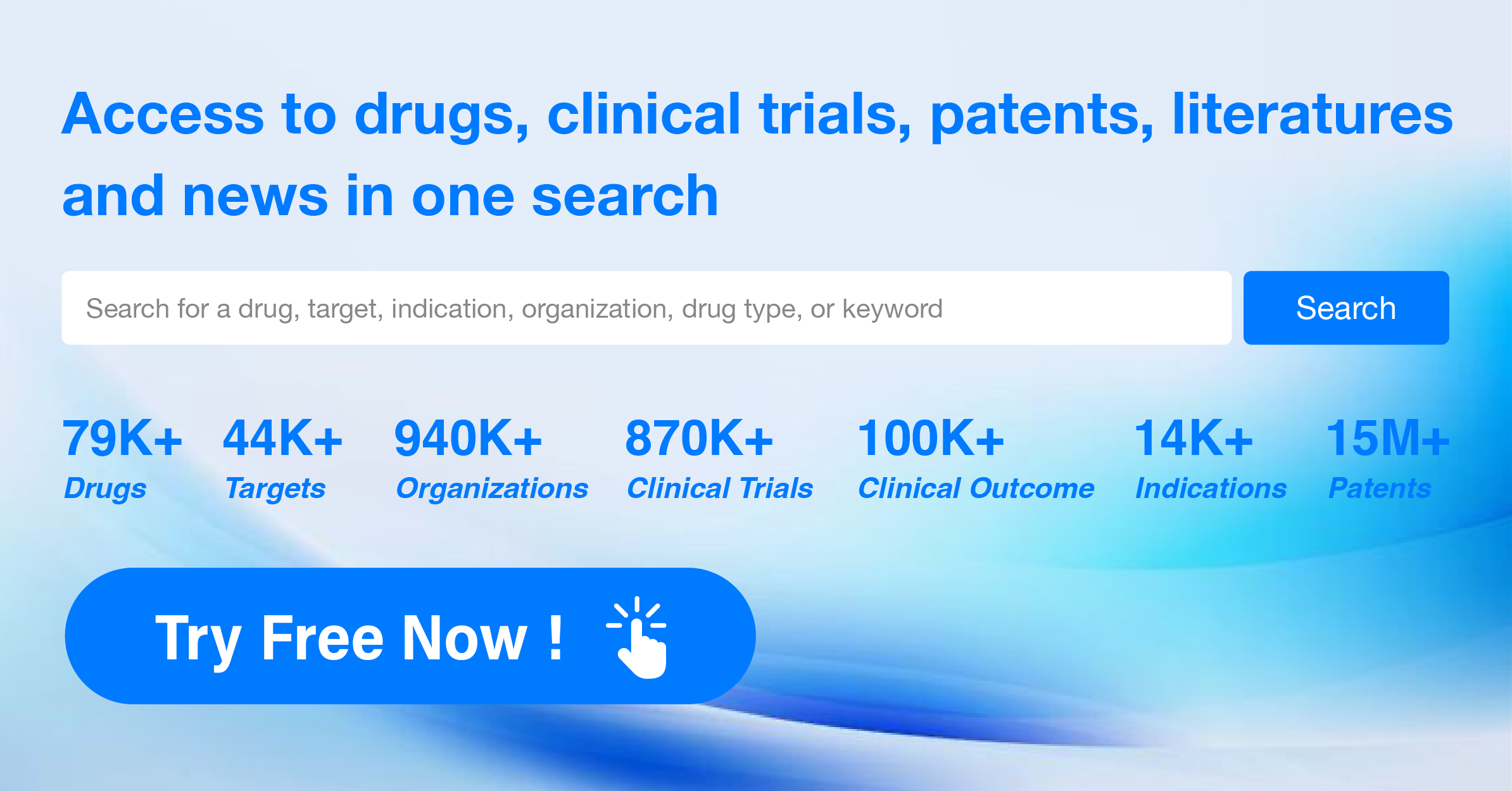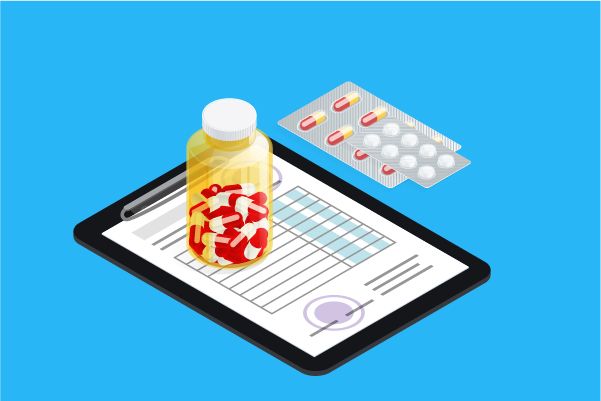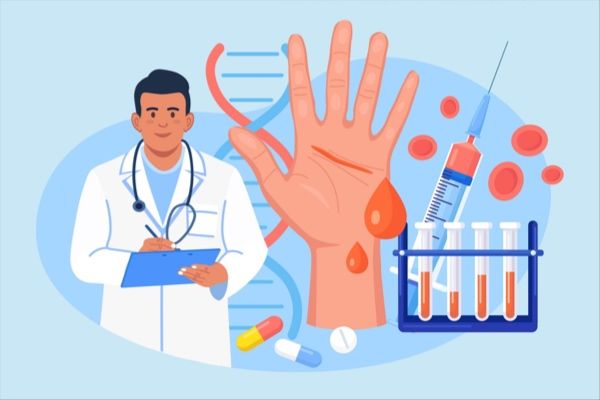What is the voluntary reporting for adverse drug reactions?
After the "Thalidomide Incident" in the 1960s, regulatory authorities in many countries established voluntary reporting systems for adverse drug reactions to collect adverse drug reactions. This system is based on doctors reporting suspected adverse drug reactions observed in their practice.
The advantage is that adverse reaction reports can be obtained immediately after a new drug is put on the market, and it can cover all drug users without time limit. In some countries, in addition to doctors, health care personnel and patients can also report adverse drug reactions. The voluntary reporting system can identify common adverse reactions, as well as unidentifiable and rare adverse reactions in pre-marketing clinical trials. Compared with post-marketing studies such as cohort experiments, it is the most economical method to collect adverse drug reactions. Therefore, the voluntary adverse drug reaction reporting system is the cornerstone of drug safety monitoring. The voluntary reporting system is a post-marketing monitoring method currently widely used by various countries. The advantage is that adverse drug reactions, whether common or rare, can be monitored regardless of whether they are old or new, how long they have been on the market. Its biggest advantages are low cost, wide coverage, and easy acceptance by management departments.
However, it also has its shortcomings, such as low reporting rate, high underreporting rate, high arbitrariness, more adverse reactions reported for new drugs and fewer old drugs, difficulty in determining causality, and inability to calculate the incidence of adverse reactions, etc.




